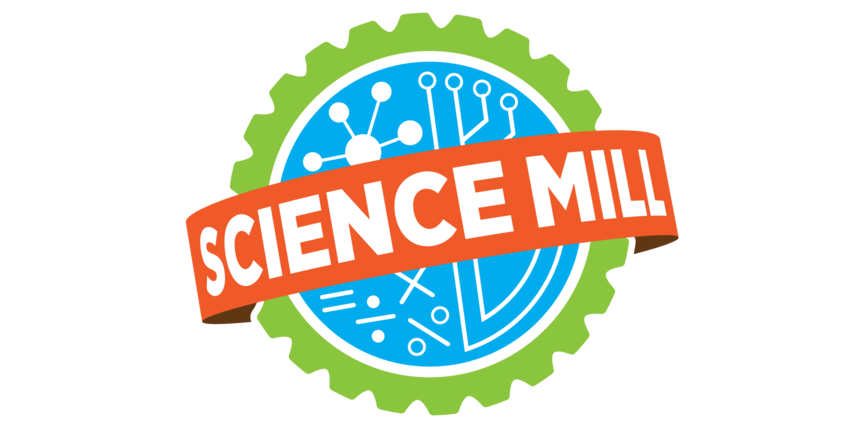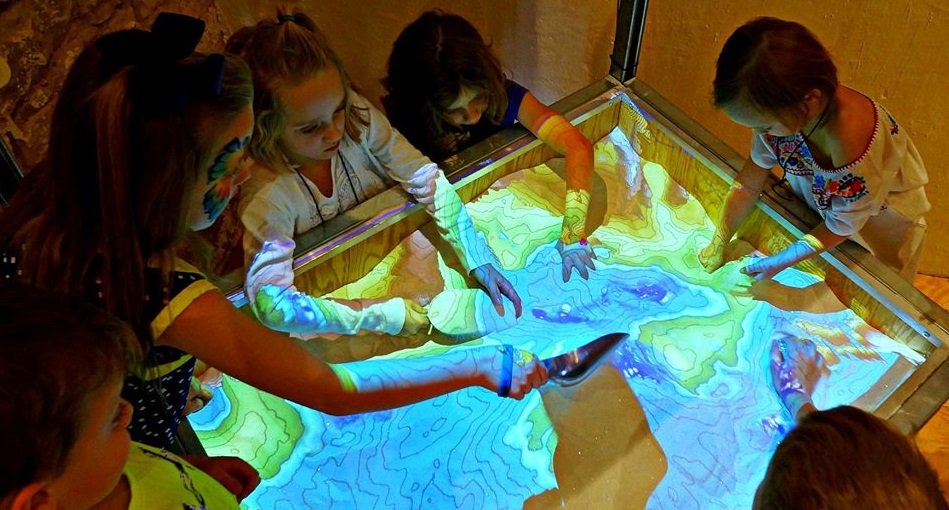Earth and Space
〰️
Earth and Space 〰️
k-2 wind currents
Students will learn about wind and how wind can be used to move objects. They will also learn how the wind is measured in speed and direction by meteorologists.
TEKS: K-2.1A, K-2.1B, K-2.1D, K-2.1E, K-2.2D, K-2.3A, K-2.3B, K-2.3C, K-2.4C, K.6B, 1.8A, 2.6A
k-2 super soils and radical rocks
Students will learn to observe, describe, sort and compare soil and rocks by texture, size, shape, and color.
TEKS: K-2.1A, K-2.1B, K-2.1E, K-2.4C, K.5A, K.6A, K.9A, K.10A, 1.5A, 1.9A, 1.9C, 1.10A, 2.9A
3-5 Forecast Calls for BIG Change
Students will explore how the Earth’s surface is constantly changing. Soils are formed by weathering of rock and decomposition of organic matter. They will model the difference between erosion and weathering while developing an understanding of how sedimentary rock and landforms, such as valleys and canyons, can be created as a result of these forces.
TEKS: 3-5.1A, 3-5.1B, 3-5.1D, 3-5.1E, 3-5.1G, 3-5.3A, 3-5.3B, 3-5.3C, 3-5.4C, 3.5D, 3.9B, 4.9B, 5.9D
3-5 space stories
Students will use a brief history of astronomy as the backdrop for exploring the complex relationship between the Sun, Earth, and the Moon. They will use online simulations to explore how these three celestial bodies interact with one another. They will continue to explore careers related to the study and exploration of space.
TEKS: 3.2A, 3.2C, 3.2D, 3.2E, 3.3B, 3.3C, 3.4A, 3.8B, 3.8C
4.2A,4.2C, 4.2D, 4.2E, 4.3B, 4.3C, 4.4A, 4.8B, 4.8C
5.2A, 5.2C, 5.2D, 5.2E, 5.3B, 5.3C, 5.4A, 5.8B, 5.8C
6-8 it’s groundbreaking
Students will discover a variety of geoscience principles such as topography, plate tectonics, modeling and mapping geological structures while exploring the impacts of geological events and disasters on humans. They will learn about a variety of faults that cause earthquakes and use the Hummingbird Robotics Kit to create a model of a strike-slip fault line. Finally, they will explore careers in earthquake engineering by building a small-scale, earthquake-proof building and testing its strength.
TEKS: 6.1B, 6.2A, 6.2B, 6.2E, 6.3A, 6.3B, 6.3C, 6.3D, 6.4A, 6.10D 7.1B, 7.2A, 7.2B, 7.2E, 7.3A, 7.3B, 7.3C, 7.3D, 7.4A, 7.8A 8.1B, 8.2A,8.2B, 8.2E, 8.3A, 8.3B, 8.3C, 8.3D, 8.4A, 8.9B, 8.9C
6-8 wonderful wind wattage
Students will learn about renewable energy resources by exploring how engineers transform wind and water energy into electrical energy. They will build miniature wind turbines and water wells to measure their power output. They will discover factors Engineers consider for designing these resources by reimagining how the design and position of their devices affect electrical energy production.
TEKS: 3.1B, 3.2A, 3.2B, 3.2C, 3.2D, 3.2E, 3.2F, 3.3B, 3.3C, 3.4A, 3.6B,
4.1B, 4.2A, 4.2B, 4.2C, 4.2D, 4.2E, 4.2F, 4.3B, 4.3C, 4.4A, 4.6A, 4.6D, 4.7C
5.2C, 5.2C, 5.2E, 5.2F, 5.3B, 5.3C, 5.4A, 5.6D
Math:
3.1A, 3.1C, 3.1D, 3.2A, 3.2D, 3.4A, 3.4E, 3.4K, 3.7B
4.1A, 4.1C. 4.1D, 4.2C, 4.4D, 4.8C
5.1A, 5.1C, 5.1D, 5.2B

